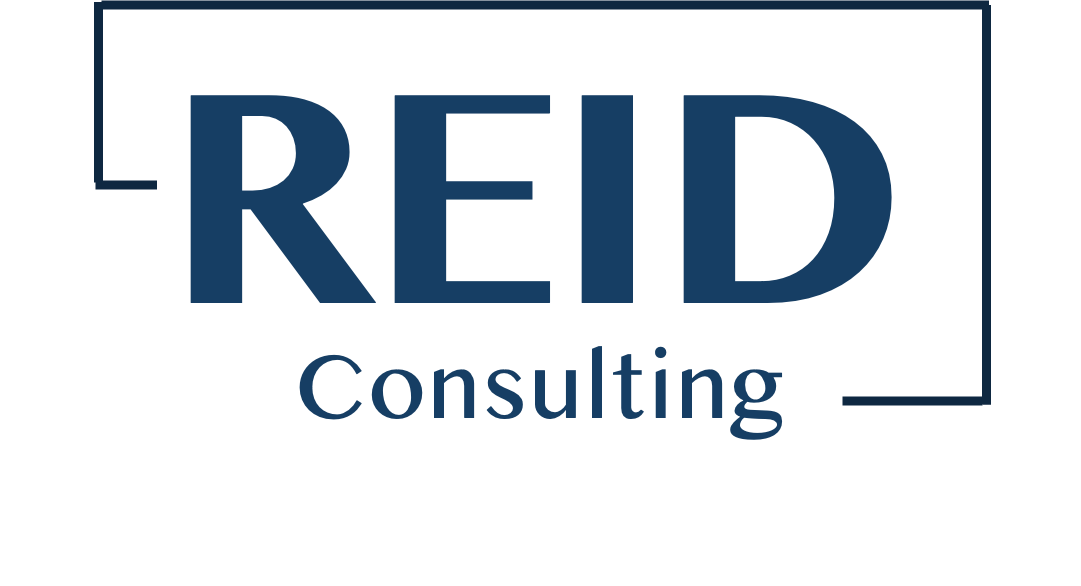Progress Reporting, A Project’s Best Friend
Imagine you’re on a road trip. You’ve got your playlist ready, snacks packed, and a destination in mind. But without frequent check-ins—“Are we still on track?” “How much farther do we have?”—you might find yourself wondering if you missed a turn or whether you’re even heading in the right direction. The same logic applies to projects—regular progress reporting is like your GPS system, guiding you smoothly toward your goals.
The Magic of Regular Updates
Progress reports are the secret sauce that keeps everyone in the loop with weekly (or even daily) status check-ups: they summarize what’s been accomplished, how the finances are shaping up, and flag any bumps in the road before they become big, expensive problems.
When these updates are shared with all stakeholders—team members, clients, managers, and anyone invested—it creates a transparent environment. Everyone knows what’s happening, what’s coming next, and where potential risks lie. It’s not about micromanaging; it’s about empowering decision-makers with the information they need to steer the project in the right direction.
Speeding Up Success with Summaries
A well-crafted progress report offers a quick snapshot of project advancements. It answers questions like: Have we completed key milestones? Are we ahead, on schedule, or behind? When stakeholders get a clear picture, it’s easier for them to celebrate successes, identify areas needing extra attention, or reallocate resources if necessary.
Think of progress reports as the morning news for the project. They highlight “good news,” such as meeting deadlines or finishing tasks, and address “bad news,” like delays or budget overages. This balanced perspective ensures everyone stays informed and engaged without surprises down the line.
Keeping the Budget Happy
Money matters! Progress reports that include a financial summary help prevent budget overruns and keep spendings in check. Stakeholders want to see if actual costs are aligned with forecasts—if not, early intervention can save the project from spiraling into financial chaos.
Knowing the financial health of a project is crucial. Regular updates serve as checkpoints, revealing whether the project remains financially feasible or if adjustments are required. That way, no one is caught off guard when the final invoice arrives.
The Early Warning System
Every project faces risks—some predictable, others unexpected. Regular progress reporting can serve as an early warning system, identifying potential delays or issues before they escalate.
For example, if a supplier is behind schedule or a key team member is unavailable, the progress report can flag this—giving decision-makers time to come up with solutions, such as finding alternative suppliers or reassigning tasks. Addressing risks early keeps the project moving forward and saves money and effort in the long run.
Informed Decision-Making
When stakeholders are well-informed, decision-making becomes more confident and effective. Without these regular updates, decisions might be based on guesswork or outdated information, leading to costly mistakes or missed opportunities.
Progress reports equip managers with the data they need to prioritize tasks, allocate resources wisely, and even celebrate milestones. In dynamic project environments, timely information is king—and progress reports make sure it’s always at your fingertips.
In the end, regular progress reports are worth their weight in gold. They keep everyone aligned, help catch problems early and foster a sense of transparency and trust. They can also help build confidence, accountability, and a shared sense of purpose. Consistent progress reporting can turn chaos into clarity—and make the project journey smoother, more successful, and even a bit more enjoyable.
